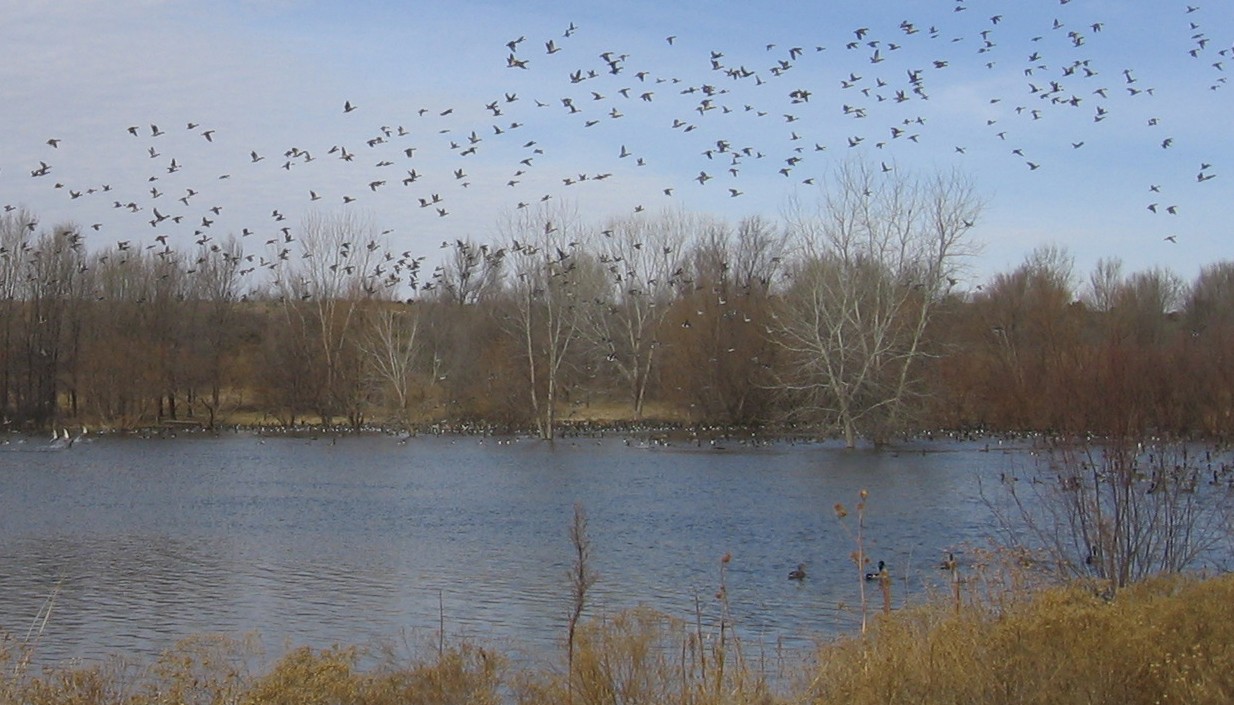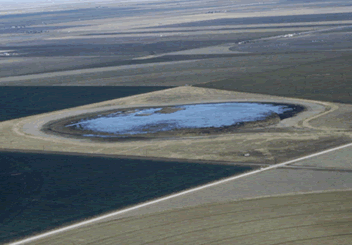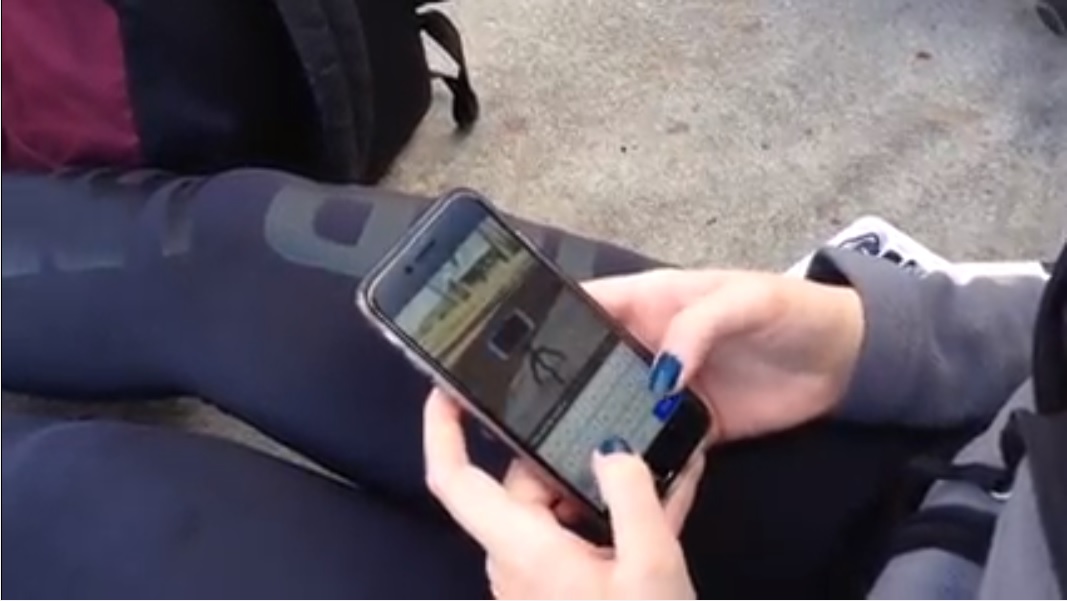Ephemeral Panhandle Wetlands
Thursday, August 3rd, 2017This is Passport to Texas
Something that is ephemeral is random, and exists for a short time, such as the playa lakes in Texas’ High Plains.
On average, playas are only wet one out of every ten years. And as we go from one side of the panhandle to the other, from west to east, our rainfall totals increase. So, the likelihood of a playa being went increases as you go further east. On the western side of the panhandle, along the New Mexico border, it could be tens of years between wet spells for these playas.
Biologist Don Kahl says playas are the most direct link for rainfall to reach the Ogallala Aquifer. Yet, their importance goes further yet.
There’s numerous plant species that can be found [around playas] – upwards to 350 plant species. And up to a couple hundred different bird species can be found around playas. So, they’re very useful, especially in the high plains landscape.
Playa lakes are valuable to migrating waterfowl, too.
It’s a very productive area for waterfowl whenever we do have the rain. Our mid-winter surveys in 2017, which were conducted this past January, set an all-time high for our estimate of the number of ducks for the High Plains of Texas, at about 1.4 million ducks in the Panhandle. So, this past year was good evidence of just how productive it can be for waterfowl.
The Wildlife and Sportfish Restoration Program supports our series and funds wildlife surveys throughout Texas.
That’s our show for today… For Texas Parks and Wildlife…I’m Cecilia Nasti





 Passport to Texas is a
Passport to Texas is a  Passport to Texas is made available by:
Passport to Texas is made available by: